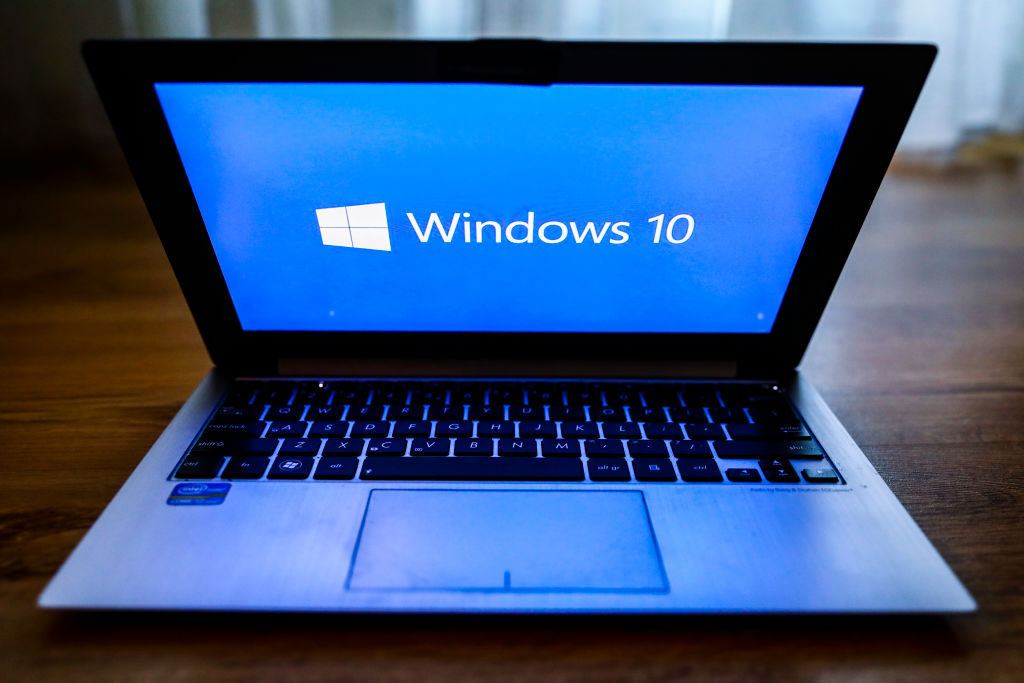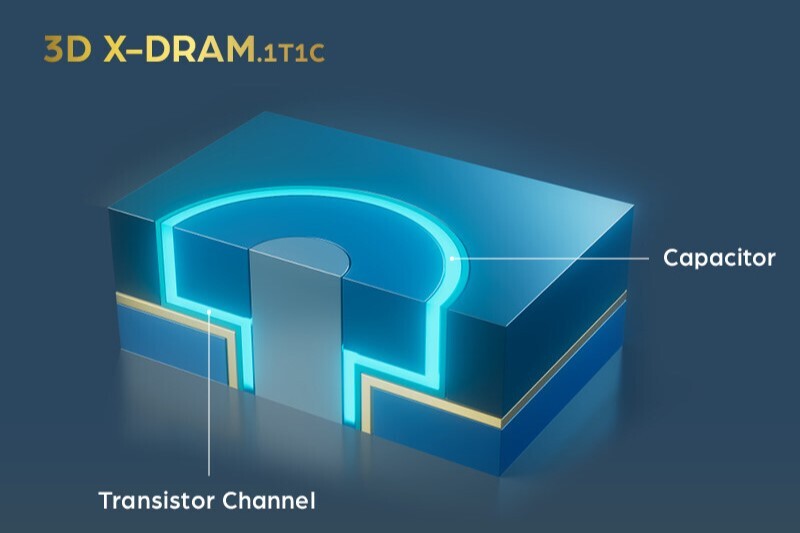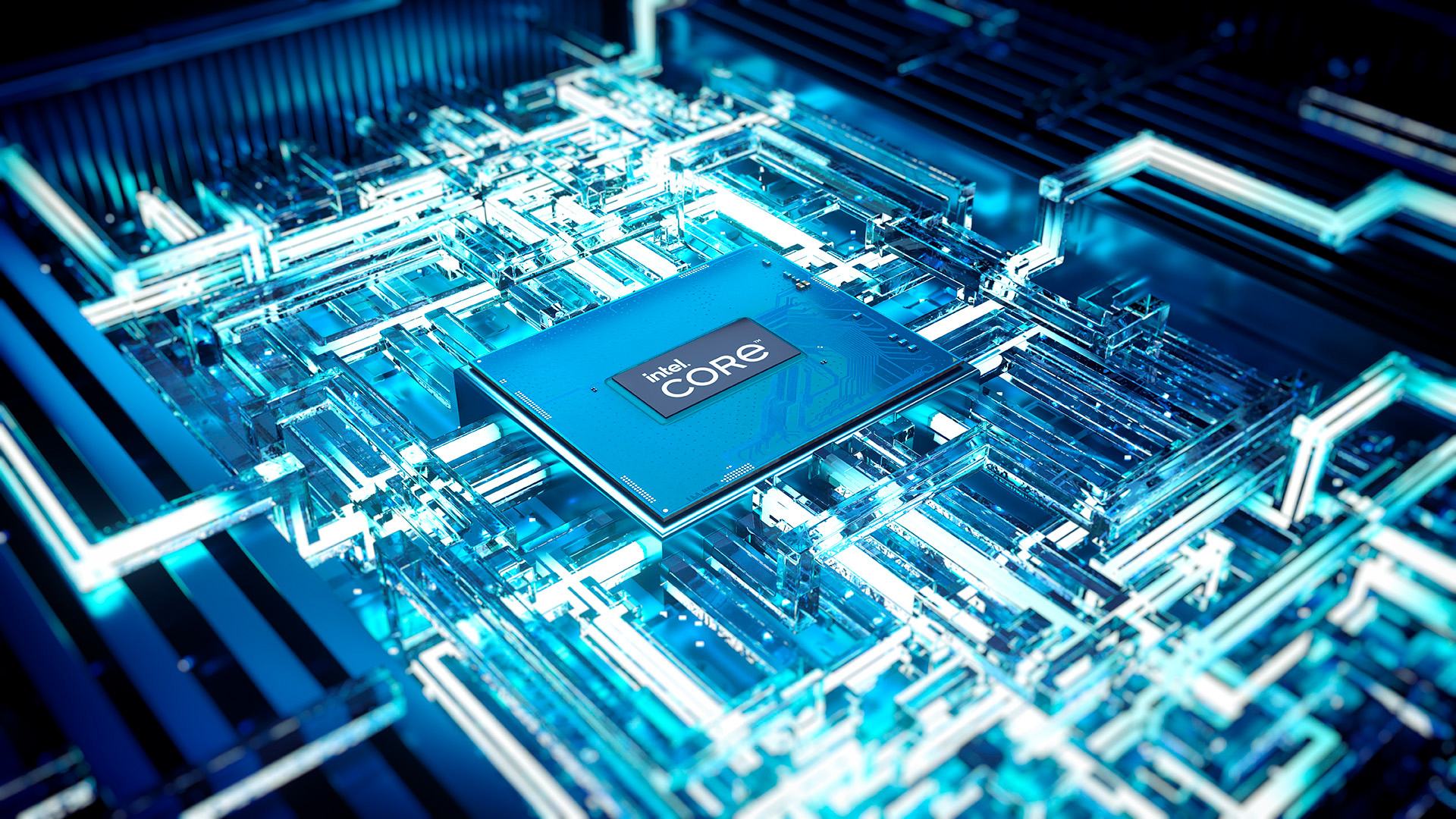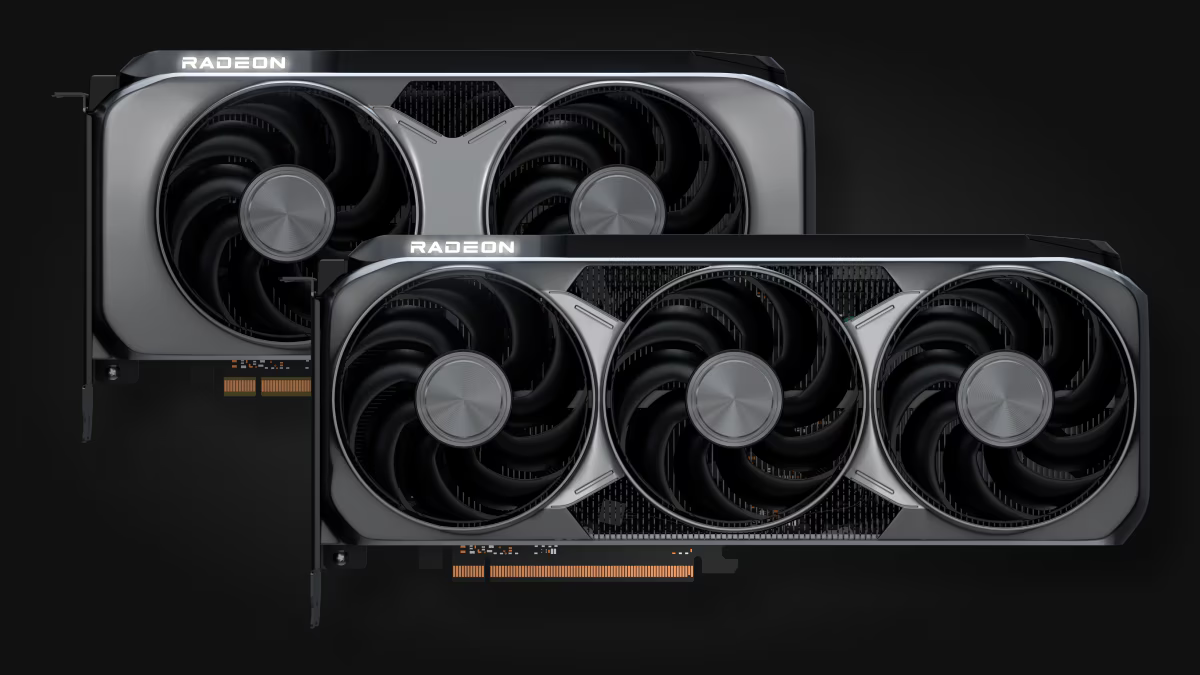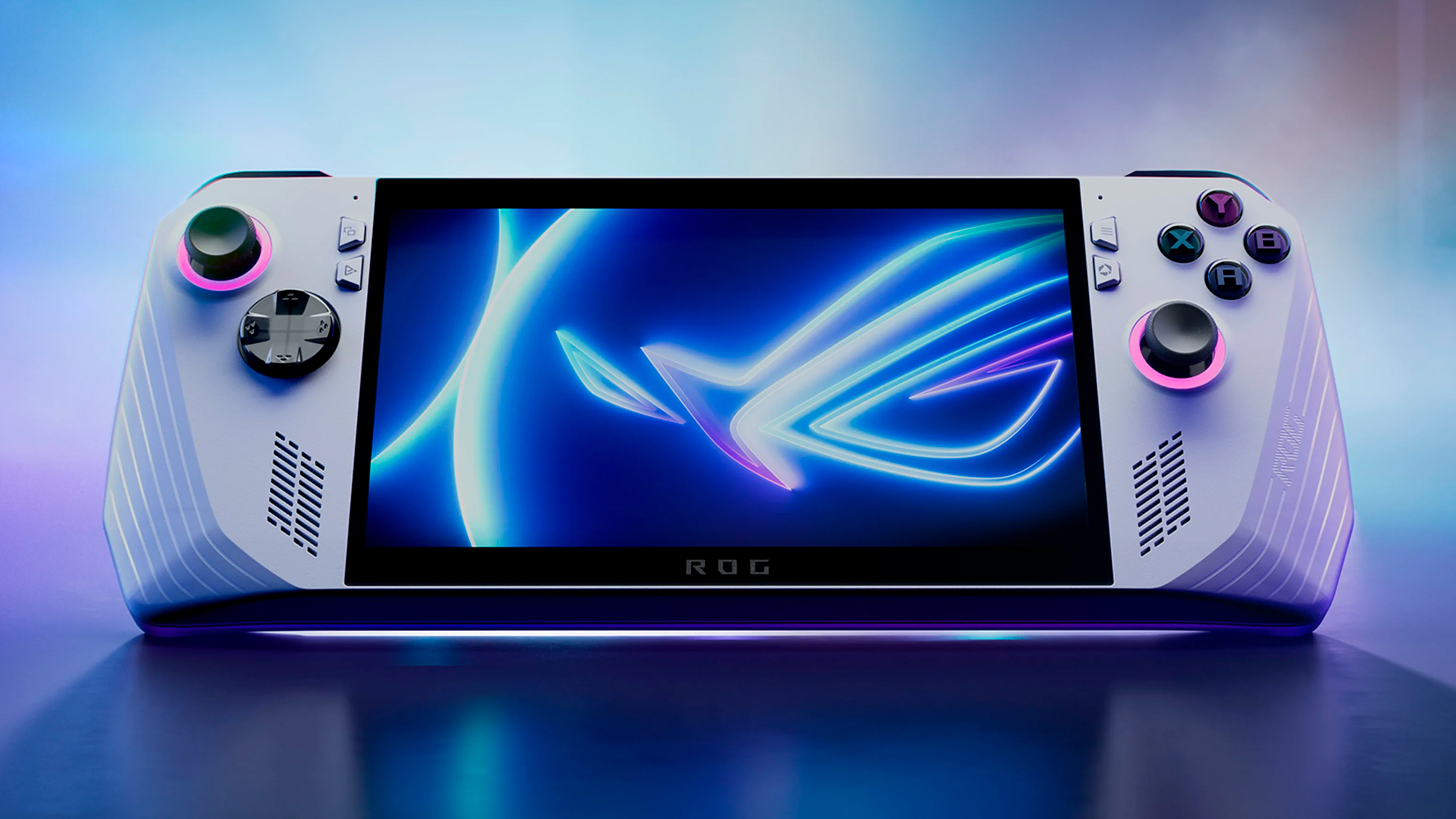Hitachi Says Data Lives Forever in Quartz Glass
Hitachi has found a way to store data in quartz glass.
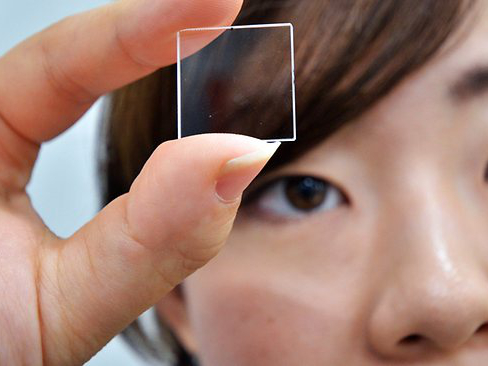
The AFP news agency reports that Hitachi has discovered a way to store digital information on slivers of quartz glass. This data can seemingly exist forever, enduring extreme temperatures and hostile conditions without degrading... at least until the sun begins to die and expend to consume the earth, that is.
According to the report, the new tech stores data in binary form by creating dots inside thin sheets of quartz glass which can be read using your standard optical microscope. The current prototype is roughly 0.8-inches square and 0.08-inches thick, and consists of four layers of dots which can hold up to 40 MB per square inch -- approximately the density of a music CD. More data layers can easily be added.
Hitachi researcher Kazuyoshi Torii said that quartz glass is highly stable and resilient material, used to make beakers and other instruments for laboratory use. Due to the medium, the chip is waterproof, resistant to many chemicals and unaffected by radio waves. Even more, it can be exposed directly to high temperature flames and heated to 1,832 Fahrenheit for at least two hours without being damaged.
"We believe data will survive unless this hard glass is broken," said senior researcher Takao Watanabe.
The discovery arrives as consumers push their data to the cloud. Physical media is an acceptable temporary backup, but not ideal for the long-term. Even NAND flash-based solutions won't last forever, thus pushing consumers to find ways of storing their digital photos and other personal items online. This too isn't exactly ideal, but the data is backed up by multiple servers, thus serving as a more secure solution than a simple HDD or DVD.
"The volume of data being created every day is exploding, but in terms of keeping it for later generations, we haven't necessarily improved since the days we inscribed things on stones," Torii added. "The possibility of losing information may actually have increased."
The article doesn't state how these chips will be "read" outside using a microscope although it sounds like some kind of microscope-based reader is on the horizon. There's also no indication as to when this storage solution will become commercially available, but researchers indicated that government agencies, museums and religious organizations will likely be first in line.
Stay On the Cutting Edge: Get the Tom's Hardware Newsletter
Get Tom's Hardware's best news and in-depth reviews, straight to your inbox.
-
master_chen Transparent HDDs/SSDs? Please do!Reply
Already drooling to get my hands on this.
P.S. Also, lawsuit coming from "M-Disc" creators in 3...2...1... -
nurgletheunclean "The current prototype is roughly 0.8-inches square and 0.08-inches thick, and consists of four layers of dots which can hold up to 40 MB per square inch -- approximately the density of a music CD."Reply
90's capacity isn't going to fly today. Unless they step up the density 100x or more this isn't going to be adopted. -
master_chen Reply9406893 said:90's capacity isn't going to fly today.
They said EXACTLY the same about SSDs back in the early-mid 2000's...and look where SSDs are now: today it's actually harder to find a PC-build without at least one SSD inside (even if it's the most crappy and cheapest one), than to find "HDD-only" PC-build. -
Abion47 master_chenThey said EXACTLY the same about SSDs back in the early-mid 2000's...and look where SSDs are now: today it's actually harder to find a PC-build without at least one SSD inside (even if it's the most crappy and cheapest one), than to find "HDD-only" PC-build.Reply
The problem with this medium is that in most regards it is a step in the wrong direction. Any reader will have to be mechanical, taking us back to the same kind of technology as HDDs (and the reading process is visual instead of electric or magnetic, making the reading speed more in the realm of CD/DVD drives). The only advantage this medium has over what we have is longevity, and that by itself won't make up for the slow access speeds. Unless some big leaps are taken here, this medium will have a very small market, limited only to machines whose only purpose is long term storage with very little access. -
mouse24 ^ I can see this as being VERY VERY useful as a media disk, just put a piece of clear material over the "disk" (say a bit of hard plastic) that way it stops your "dvds" from ever becoming scratched or broken.Reply
More useful than a HDD? Not really but in this case game companies can supposedly easily add additional storage space without moving into a whole new medium and I ASSUME that it will take up less space inside a unit than a traditional hdd.
Or uh, game companies can invest in USB, IMO that would just be easier and cooler looking. Not to mention its readily available. The size of games today is roughly 8gb which can be had for as low as 5 dollars before any discounts that are given to big corporations buying in bulk. -
A Bad Day One of my decade-old CDs have been rendered unreadable, I suspect the moisture and heat corrupted the data over the years.Reply
Though, the CD is an AOL 1000 hours. So I'm not that sad, until a more important CD also bites the dust.
Or a Laserdisc. Yes, I still have the LD player and a collection of the Laserdiscs. -
theabsinthehare Abion47The problem with this medium is that in most regards it is a step in the wrong direction. Any reader will have to be mechanical, taking us back to the same kind of technology as HDDs (and the reading process is visual instead of electric or magnetic, making the reading speed more in the realm of CD/DVD drives). The only advantage this medium has over what we have is longevity, and that by itself won't make up for the slow access speeds. Unless some big leaps are taken here, this medium will have a very small market, limited only to machines whose only purpose is long term storage with very little access.Reply
Many companies still back up to magnetic tape despite all your arguments applying to that medium as well. Slow is okay if the plan is for long term storage only. I think the near indestructible nature is a fair tradeoff for specialized readers/writers and speed.
However, the storage density is a problem. With 40MB per square inch at 0.08" thick, a block of this stuff the size of a traditional 3.5" hard drive would only hold ~9GB. I think, though, that would only have to increase by 6 or 12 fold to make it viable. I wouldn't mind 50 to 100GB of storage taking up 19.5 cubic inches in my house somewhere if it meant that the data was (almost) absolutely ensured to be completely safe and permanent. -
nurgletheunclean Abion47The problem with this medium is that in most regards it is a step in the wrong direction. Any reader will have to be mechanical, taking us back to the same kind of technology as HDDs (and the reading process is visual instead of electric or magnetic, making the reading speed more in the realm of CD/DVD drives). The only advantage this medium has over what we have is longevity, and that by itself won't make up for the slow access speeds. Unless some big leaps are taken here, this medium will have a very small market, limited only to machines whose only purpose is long term storage with very little access.Reply
Longevity is tied to capacity, and modern times. Sure a 700mb CD is fine for storing a couple hundred 1megapixel pictures. But today we have thousands of 12+ megapixel pictures and 1080p home videos. 700mb isn't practical for modern media. Not to mention this is going to be expensive. Furthermore permanency isn't that important in the first place. Typically users will move/consolidate libraries of timeless info on new media, a DVD, a hard drive, flash, cloud, etc. If a floppy drive was good forever would you still use it today? That's about how usefull 700mb of permanent storage is going to be in 4 or 5 years, when this tech would hit a consumer, the capacities must increase or you are looking at a obsolete product at launch. -
A Bad Day nurgletheuncleanLongevity is tied to capacity, and modern times. Sure a 700mb CD is fine for storing a couple hundred 1megapixel pictures. But today we have thousands of 12+ megapixel pictures and 1080p home videos. 700mb isn't practical for modern media. Not to mention this is going to be expensive. Furthermore permanency isn't that important in the first place. Typically users will move/consolidate libraries of timeless info on new media, a DVD, a hard drive, flash, cloud, etc. If a floppy drive was good forever would you still use it today? That's about how usefull 700mb of permanent storage is going to be in 4 or 5 years, when this tech would hit a consumer, the capacities must increase or you are looking at a obsolete product at launch.Reply
There one problem though:
Do you really think an average joe is going to waste hours transferring data from VHS tapes or CDs to Blu-ray or some other format?
